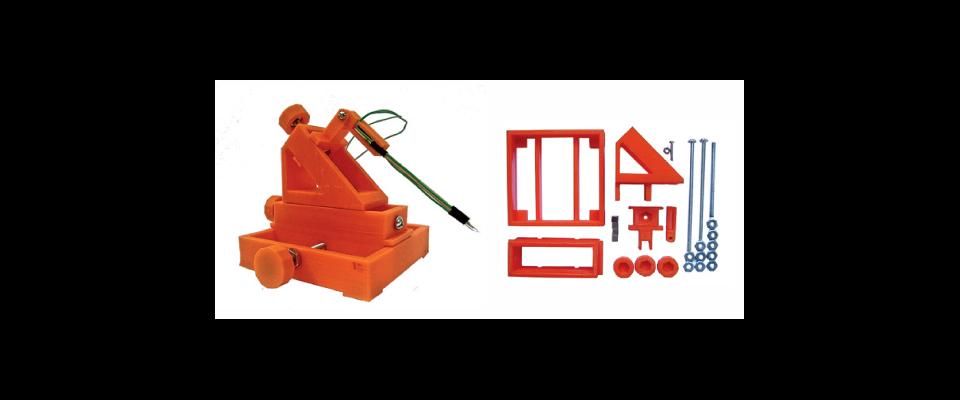The most exciting music in Peru these days mixes the traditional with the unexpected. Delicate, folksy guitar sounds blend with soft percussion beats, and then the velvety vocals come in strongly, belting out a chorus: “Black is my color, and proud I feel.”
This is Perú Negro, or Black Peru, the musical troupe at the forefront of Afro-Peruvian culture for the past 35 years. Though it is not commonly known that Peru has a sizable black population—West Africans were brought as slaves, and the coastal area around Lima is still the center of black Peru—Perú Negro is on a mission to educate the world about their history.
Until the 1950s and 1960s, Afro-Peruvian traditions were ignored by mainstream Peruvian society, says Kirstie Dorr, who will receive her Ph.D. at Cal in ethnic studies this spring and now teaches at Kenyon College in Ohio. Afro-Peruvian cultural leaders began working together to study and document cultural practices that, while still practiced by some members of older generations, were fading from the lifestyles of younger Afro-Peruvians. This push for cultural preservation also included adapting musical traditions and instruments from other Latin American countries with vibrant African-influenced cultures, such as Cuba.
In 1969, when musician Ronaldo Campos de la Colina founded Perú Negro, there was a wave of “cultural identity awakening around the world,” says Juan Morillo, the group’s Peruvian-born U.S. manager. Inspired by black power movements abroad, Afro-Peruvians pushed to have their culture recognized at a time when the country was just beginning to openly accept its indigenous roots.
Afro-Peruvians have always “viewed music and dance as an outlet for expression,” says Morillo, and Perú Negro’s repertoire reflects the satire slaves could only act out behind the Spaniards’ backs. Songs such as “Toro Mata” show the subversive possibilities inherent in the music, and they were performed only in slave quarters, Morillo says. “Toro Mata” mocks the stiff minuets of the Spaniards, and when Perú Negro performs it, the rigidity of the slave masters’ movements is accentuated.
Performances are grand affairs for this group of 26 members. The music is a mix of flamenco-style guitar and distinctly South American-intoned lyrics, with dashes of Catholic imagery and a strong focus on slave-era folklore. During the colonial period, the Spanish forbid Afro-Peruvians from using drums, so they got creative about instruments: Tithing boxes and fruit crates became easily disguisable drums with their own unique sounds. The group’s shows feature colorful folkloric costumes and modern versions of instruments born out of the ban on drums—such as the cajón, a slick wooden box on which musicians sit and beat rhythms, and a donkey jawbone that, when hit with a stick, lets off the rattling sound of its loosened teeth.
More than three decades since its creation, Perú Negro has become “the standard bearer of Afro-Peruvian culture,” Morillo says. The group lost its founder five years ago, and Campos de la Colina’s son Ronny has taken the helm. And though there are now black members in Peru’s congress, racial discrimination still exists in the country, says Morillo, though “it is more subtle than blatant.” As an antidote, Perú Negro continues to shine light on the vibrancy of Afro-Peruvian culture by giving audiences a sensory tour of the country’s slave-era history. The group’s Berkeley appearance will kick off its U.S. tour.
From the January February 2006 Chinafornia issue of California.




















